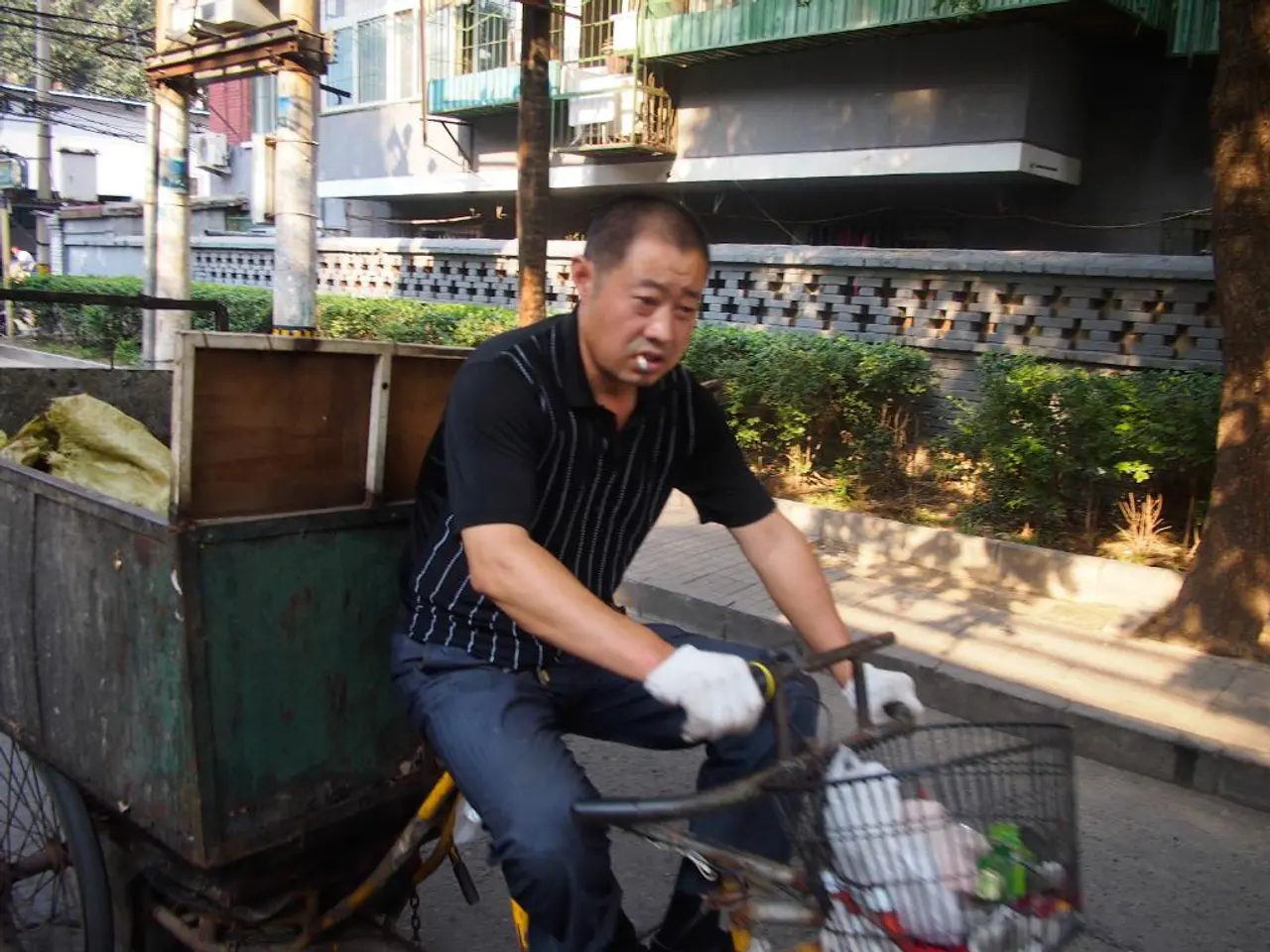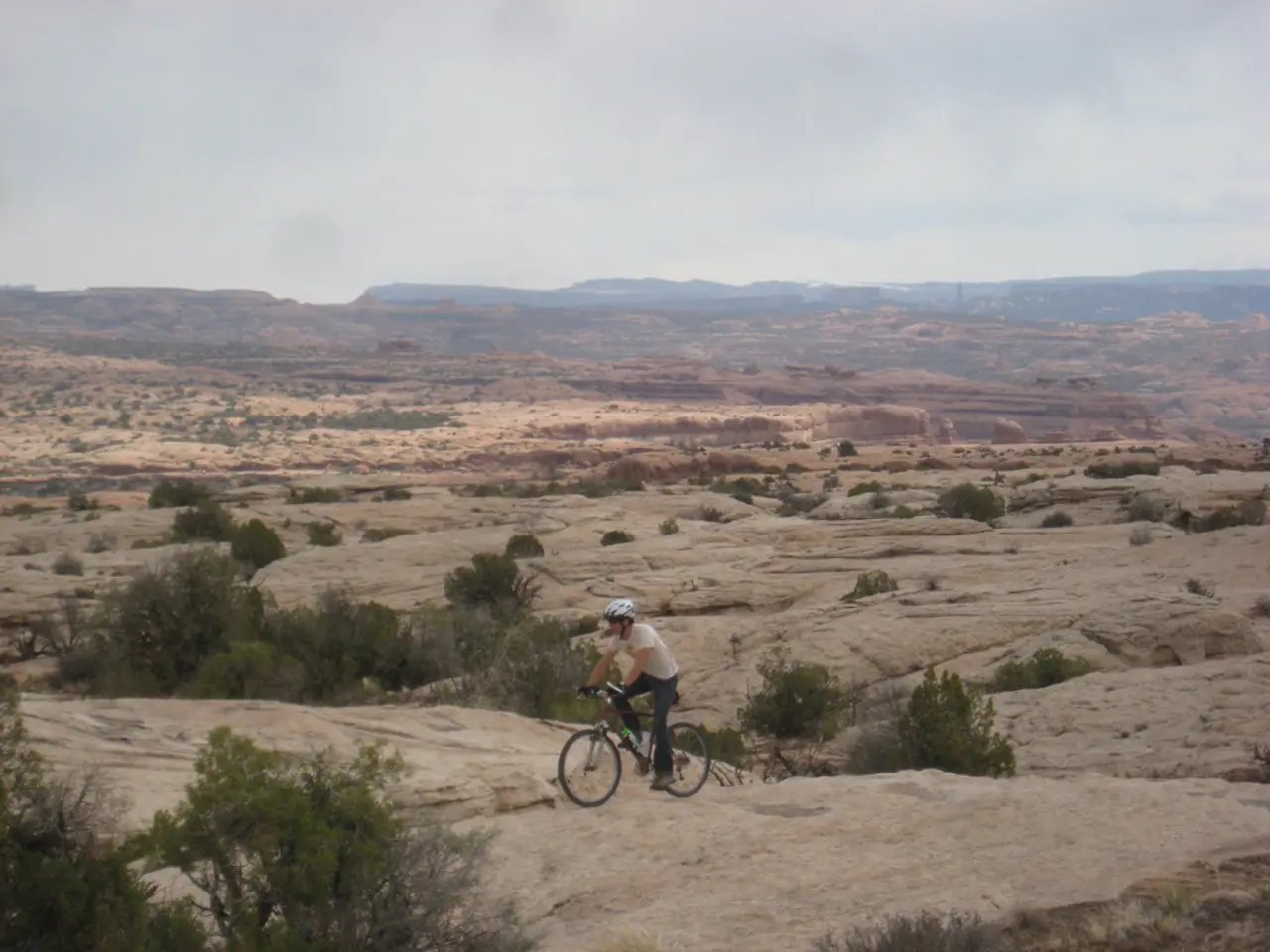Explored the Paparoa Track Yet?
Mountain Biking the Challenging Paparoa Track: Essential Gear and Safety Tips
Embarking on a mountain biking adventure on the Paparoa Track in the Paparoa National Park, West Coast, requires careful preparation and adherence to safety guidelines. This Grade 4 ride, also classified as an Intermediate Great Walk for trampers, presents a demanding terrain with big climbs, landslides, and quick downhills.
Essential Gear
A well-maintained mountain bike suitable for advanced trails is a must, along with bike tools and repair kits for on-trail fixes. Dress in layers suitable for all weather conditions, including warm base layers, waterproof jackets, gloves, hat, and hiking or biking socks. Jeans are not recommended; opt for hiking or bike pants. Protective equipment such as a helmet, gloves, and possibly knee and elbow pads are essential for protection during rough descents.
Carry sufficient water and high-energy snacks, with some extra food for emergencies. Sunglasses, sunscreen, a camera/phone with a neck strap or secure carry system (no bulky backpacks allowed on some transport options), and a small water bottle are also necessary items.
If you plan to camp overnight, bring a sleeping bag, cooking utensils, waterproof raincoat and overtrousers, and layered warm clothing (wool/fleece). An emergency supplies kit and a communication device for assistance are also crucial.
Safety Tips
Ensure riders have advanced mountain biking skills, as the trail can be challenging. Always check weather and track conditions at a DOC office before starting. Travel with a capable leader and let others know your plans. Be prepared for sudden weather changes typical in West Coast NZ.
Use an on-demand shuttle service if needed for access. Management of waste is important, as facilities are limited. Go to the bathroom before starting as there can be limited or no facilities on the track.
Riding at night is prohibited on the Paparoa Track to protect the nocturnal wildlife in the area. In severe weather conditions such as heavy rain, strong winds, snow, and freezing temperatures, the track may be closed. The wind is possibly the greatest hazard on the track and may result in the Department of Conservation closing the track.
It's advisable to check MetService in the days leading up to and on the day of the track for weather updates. Ces Clark Hut offers mobile phone reception, making it a good place to update your trusted contact on your progress and to get the latest weather forecast.
Moonlight Tops Hut is a good spot for cyclists to take a break, check brakes, get an updated weather forecast, and replenish water. Electric bikes are currently not permitted on the Paparoa Track.
A safety video for the Paparoa Track was produced by the MSC in collaboration with Ngāti Waewae and the Department of Conservation (DOC). The video offers advice on various topics such as packing a balanced bike, packing list, common risks and hazards, and key decision-making points. A distress beacon is an essential item, even though phone reception is available in some spots along the track.
Before starting the trail, it's advisable to leave your intentions with a trusted contact using the Plan My Walk app or website. Always pack lighter items on the front of the bike and heavier items in a frame bag or on the back of the bike for better handling. Warm and waterproof clothing is essential when visiting the West Coast due to the varied conditions. Ice and snow are more common in the winter months, adding another hazard to exposed sections of the track.
In summary, bring layered clothing, bike tools, protective gear, food and water, and be prepared for variable weather and challenging terrain to ensure a safe and enjoyable mountain biking experience on the Paparoa Track.
Engaging in sports like mountain biking on the Paparoa Track requires not only a suitably equipped bike and protective gear such as helmets, gloves, and knee pads, but also a keen understanding of safety tips, including checking weather conditions, carrying essential supplies, and adhering to restrictions like no night riding to protect wildlife.
Evidently, this challenging Intermediate Great Walk for trampers is not just a casual sporting event, but a test of endurance and preparation, with essential gear and safety tips playing vital roles in ensuring a safe and enjoyable experience.







